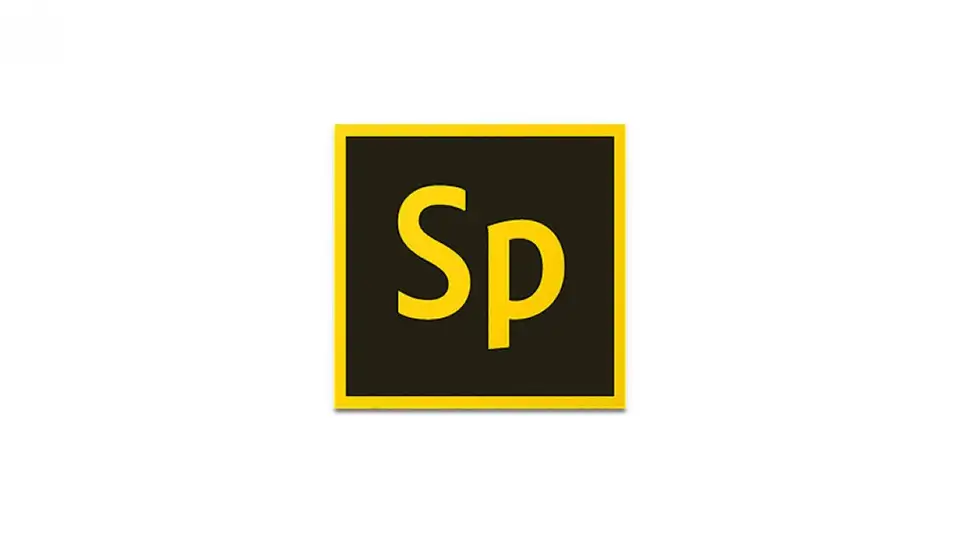Punctuation is as important as any other grammatical element. It indicates pauses, emphasis, and the separation of ideas, thereby helping sentences make sense.
It also enhances readability and comprehension of written language and can change the implications of a sentence. For instance, if you remove the comma from "I like to eat, my children, and my friends," it becomes "I like to eat my children and my friends."
Omitting a comma alone can turn you into a madman and a cannibal. Misplacing punctuation like a semicolon can also have detrimental effects.
When is a semicolon used? What is the difference between a semicolon and a comma? And what distinguishes it from a colon?
I have discussed everything in this post.
What Is a Semicolon?
A semicolon (;) is a punctuation mark used to connect two independent clauses. An independent clause is a group of words that can stand alone as a complete sentence and expresses a complete thought because it contains a subject and a verb.
A semicolon indicates a longer pause than a comma but less than a period. A semicolon is an important punctuation mark because it helps clarify the structure and meaning of sentences.
For example:
- I went to the store; however, they were out of biscuits.
- He wanted to go to the beach; the rain kept him home.
In both examples, the semicolon separates two related clauses that can stand alone as separate sentences.
A Semicolon Is NOT a Comma Substitute
A semicolon can be used as a comma substitute in some situations, but it serves a different purpose and function.
A comma is used to separate clauses or phrases within a sentence that cannot stand alone. They are used to indicate a brief pause or to highlight certain elements within a sentence.
For example:
- She went to their headquarters, but they were out of brochures.
- I wanted to go to the beach, but it rained.
In this example, the comma is used to separate related but dependent clauses. And, unlike the semicolon, the comma does not indicate as long a pause as the semicolon.
For example:
- Samuel excels at what he does; Dennis is merely a cunning impostor.
- He wanted to go to the beach, but it rained; he stayed home.
In this example, the semicolon is used to separate clauses that are independent and can stand alone as separate sentences. They indicate a longer pause than a comma.
When to Use a Semicolon
A semicolon is used to separate clauses within a sentence and can be used in several different ways:
1. Connecting Independent Clauses
They can be used to connect or separate two closely related independent clauses without using a conjunction.
Here are some examples of using a semicolon to connect two related independent clauses:
- I went to his office; I needed to see his boss.
In this example, "I went to his office" and "I needed to see his boss" are independent clauses. The second sentence explains the reason for the brief trip; hence, a semicolon is used to connect them and show their close relationship.
- I finished my homework; now I can relax for the rest of the evening.
In this example, the semicolon is used because both clauses are independent but related (the second clause states the benefit of the speaker finishing their homework).
2. Creating Serial Lists
A semicolon is used to separate items in a list. A serial list is a series of items or ideas usually also separated by commas.
Here is an example of a normal and serial list:
- I invited my friends Maria, John, and Sarah. (normal list)
- I invited my friends Jennifer, who is a doctor; Dave, an engineer; and Ellen, who is a teacher. (serial list)
The sentence is a serial list because commas are used to separate parts of the same item.
3. Creating Compound Sentences With Conjunctive Adverbs
A semicolon can also be used to connect clauses linked by conjunctive adverbs. The result is a compound sentence, and one or both clauses may contain commas.
Here are examples of using a semicolon to create compound sentences:
- I went to the store, which is usually crowded on Saturdays; however, it was empty today.
- I did not want to go out today; besides, it was raining.
In both examples, the semicolon separates clauses and introduces a conjunctive adverb. In turn, the conjunction introduces a transition in the sentence.
4. Replacing Coordinating Conjunctions
A semicolon can also replace coordinating conjunctions within a sentence.
The example below might clarify this:
- I know you like her, and Cathy is your favorite. (With coordinating conjunction)
- I know you like her; Cathy is your favorite. (Without coordinating conjunction)
In this example, we removed the comma and the conjunction "and" and replaced it with a semicolon (;).
- She doesn't like the kids bothering her, so she always closes the door. (With coordinating conjunction)
- She doesn't like the kids bothering her; so she always closes the door. (Without coordinating conjunction)
In this example, we removed the comma and the conjunction "so" and replaced it with a semicolon (;). Do not use a semicolon before coordinating conjunctions like "and," "or," or "but." Instead, use a comma.
Semicolon Vs. Colon
Semicolons (;) and colons (:) are used in different ways. Since we have already discussed the uses of semicolons, let's clarify the uses of colons.
A colon is used to:
- Introduce a list.
- Provide an explanation or elaboration of something just mentioned.
- Introduce a quotation.
- Create units of time and ratios.
- Provide examples.
Although both indicate a relationship between the statements they connect, the colon shows a stronger and less ambiguous relationship.
Conclusion
To summarize the tips for using semicolons correctly, I would say: Use a semicolon to separate clauses in a compound sentence, introduce conjunctive adverbs, replace conjunctions, and separate items in a list when the items themselves contain commas.
Also remember that a semicolon is not a comma and serves a different purpose than a colon.
I hope this guide helps! And I hope I have answered all your questions about using semicolons.
 Indonesia
Indonesia 









